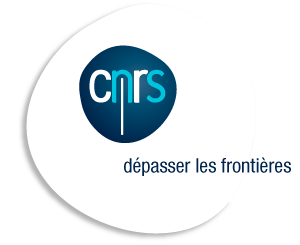A Working Group comprises a Working Group Chair or Co-Chairs who drive the progress of the group and report back to the Steering Committee, and the working group members. The scientists come from various universities and research institutes around the world, and their expertise is diverse but pertinent to the project the working group is tackling. This ensures that ridge-related research projects are addressed from different perspectives.
Current Active Working Groups
| Theme | Objective(s) | WG-Chair(s) |
| MOR islands and seamounts |
The following is a preliminary set of questions to be addressed, which will be refined with the input of participants of the workshop and other meetings, and online contributions: How frequent is catastrophic failure in submarine slopes? How important are small compared with large movements in terms of net volume? What are the implications of these disturbances for ecosystem functioning on island slopes? Does it lead to significant burial of organic carbon? Can we link faults already mapped on land with signs of recent deformation in shallow-marine geophysical data to improve estimates of earthquake risk to local populations?
|
Neil Mitchell (UK) Rui Quartau (Portugal) Christoph Beier (Finland) |
| Seafloor Massive Sulfides Resource along MOR |
1) Understand the geological factors that contribute for the formation, distribution and preservation of seafloor massive sulfide deposits, including geological and tectonic setting; |
Chunhui Tao (China) Georgy Cherkashov (Russia) Maurice Tivey (USA) |
| Oceanic Transform Faults |
To focus on five questions that are likely of large interest to the Earth sciences community: - How do large and mega- transform domains react to both far- and near-field stress changes? - How do transforms interact with the underlying mantle. What are the effects of temperature, rheology and composition? - What is the interplay between transform dynamics and magmatism? - Which relationship exist between oceanic transform faults and their counterparts on continental margins? - Are oceanic transform faults sites of intense fluid-rock interaction and biogeochemical exchange? |
Marcia Maia, France; Barry Hanan USA; Daniele Brunelli, Italy |
| Integrating Multidisciplinary Observations in Vent Environments (IMOVE) | To foster and coordinate the integration of hydrothermal data from vent fields where observatory-style data have been acquired. | Thibaut Barreyre, Norway |
| Circum-Antarctic Ridges |
To improve knowledge on 1) heterogeneity of the mantle; 2) How do 3 mantle domains interact? 3) How do ridge processes vary with time? 4) How do fauna travel? |
Anne Briais, France; Jian Lin, USA; Sung-Hyun Park, Korea |




